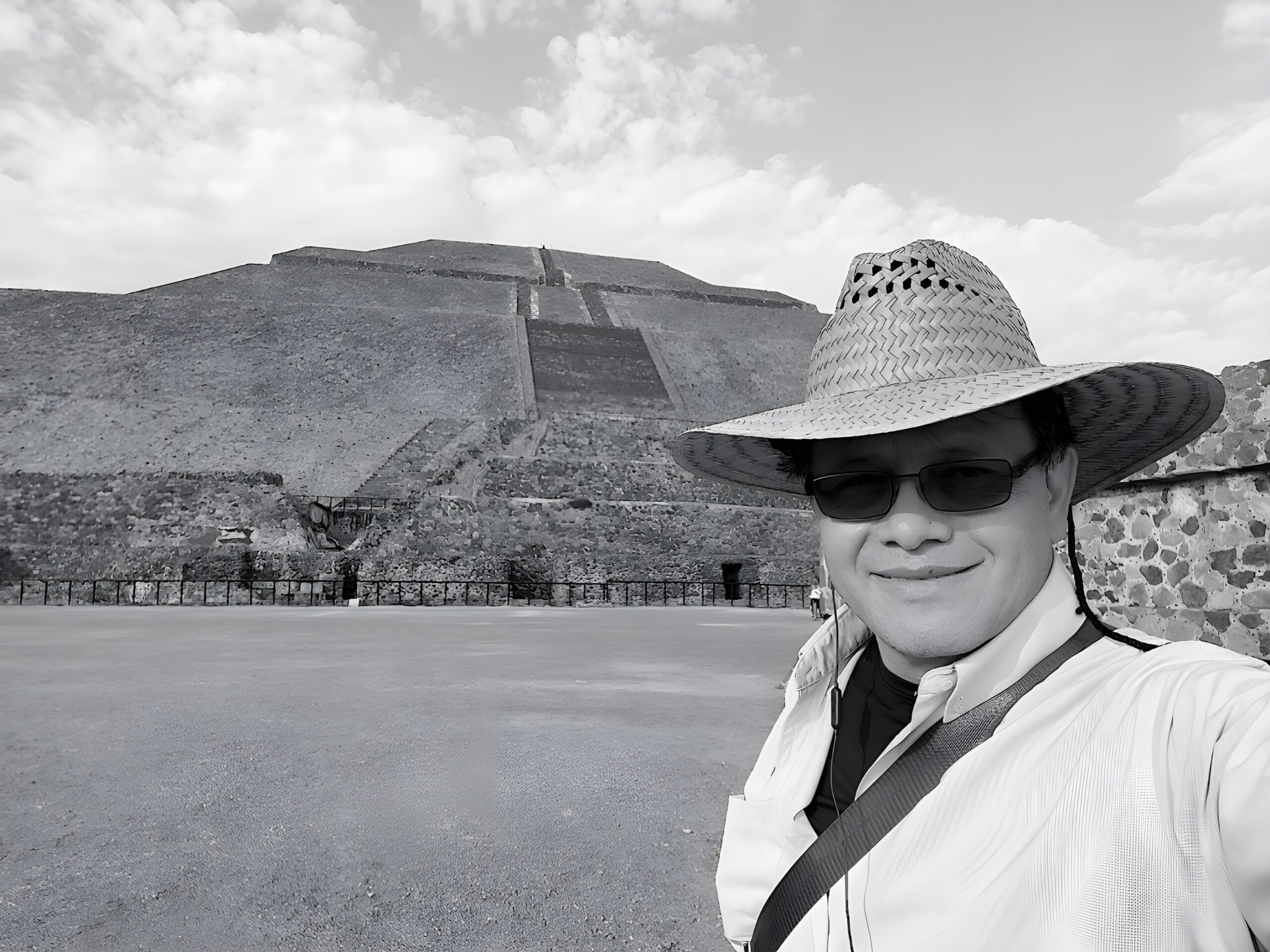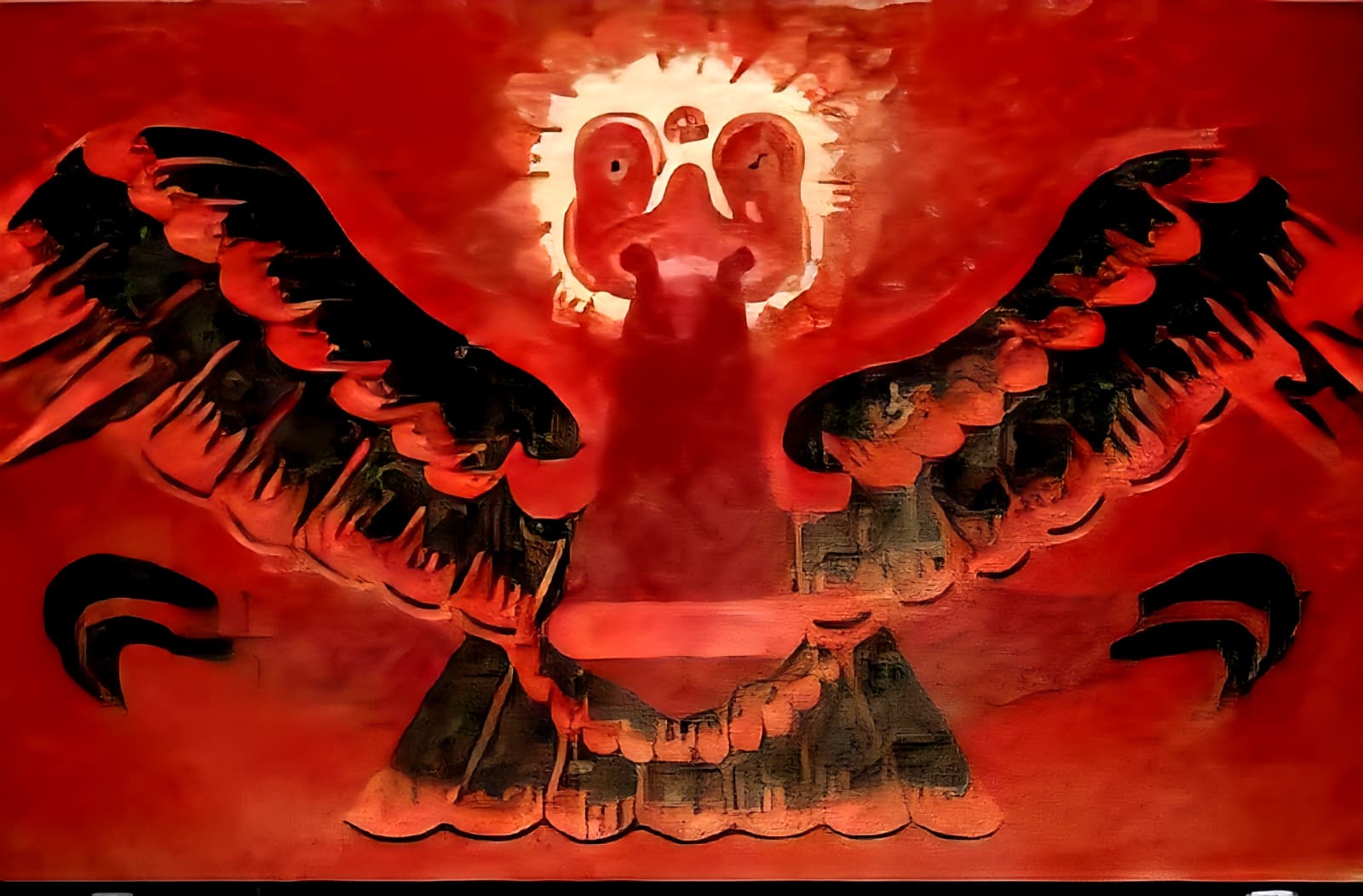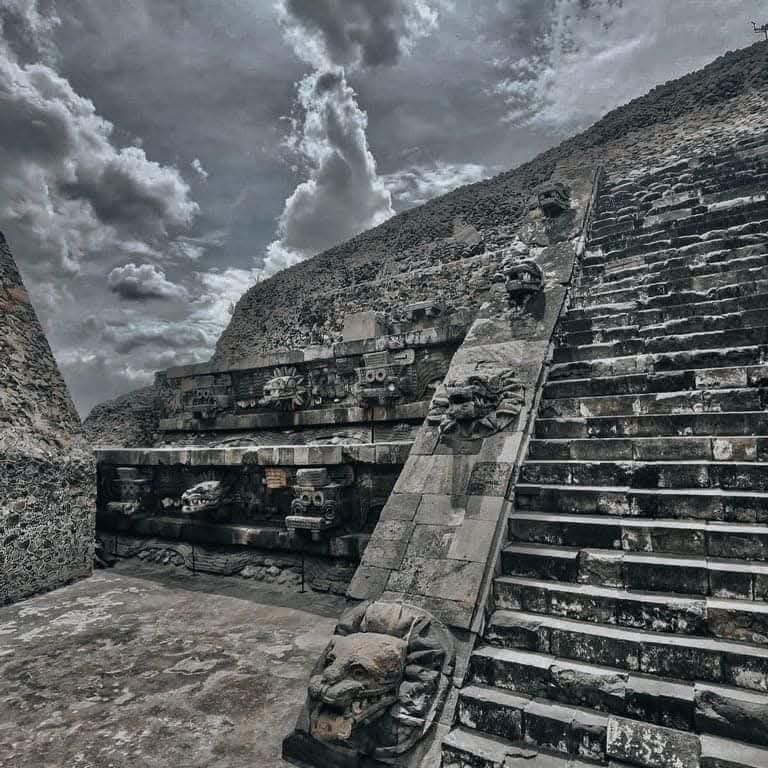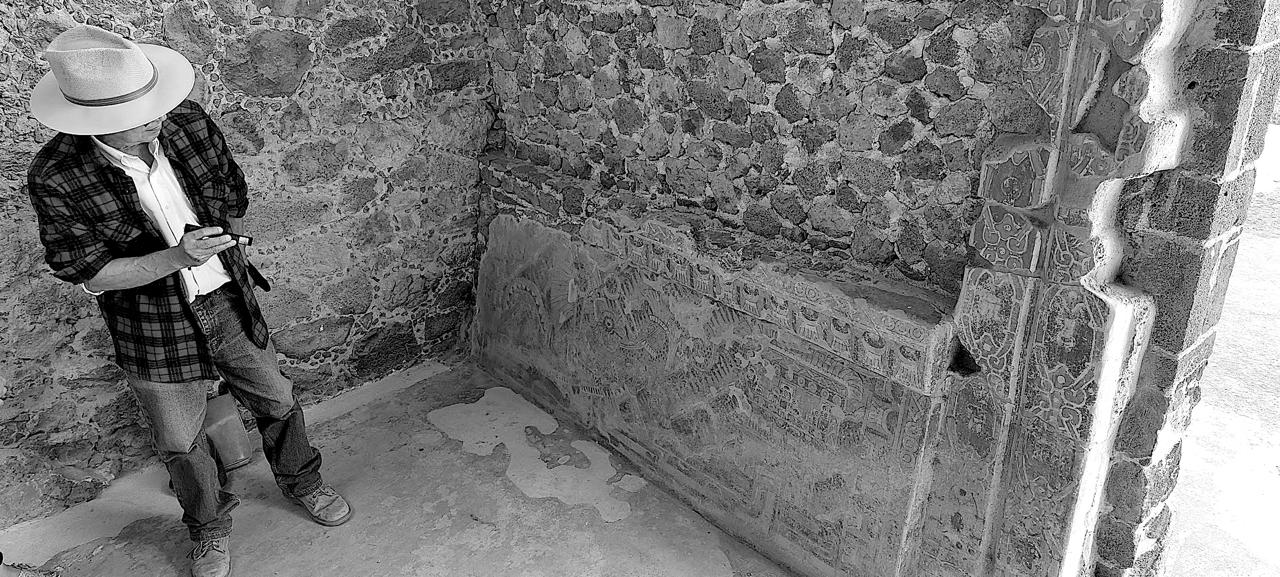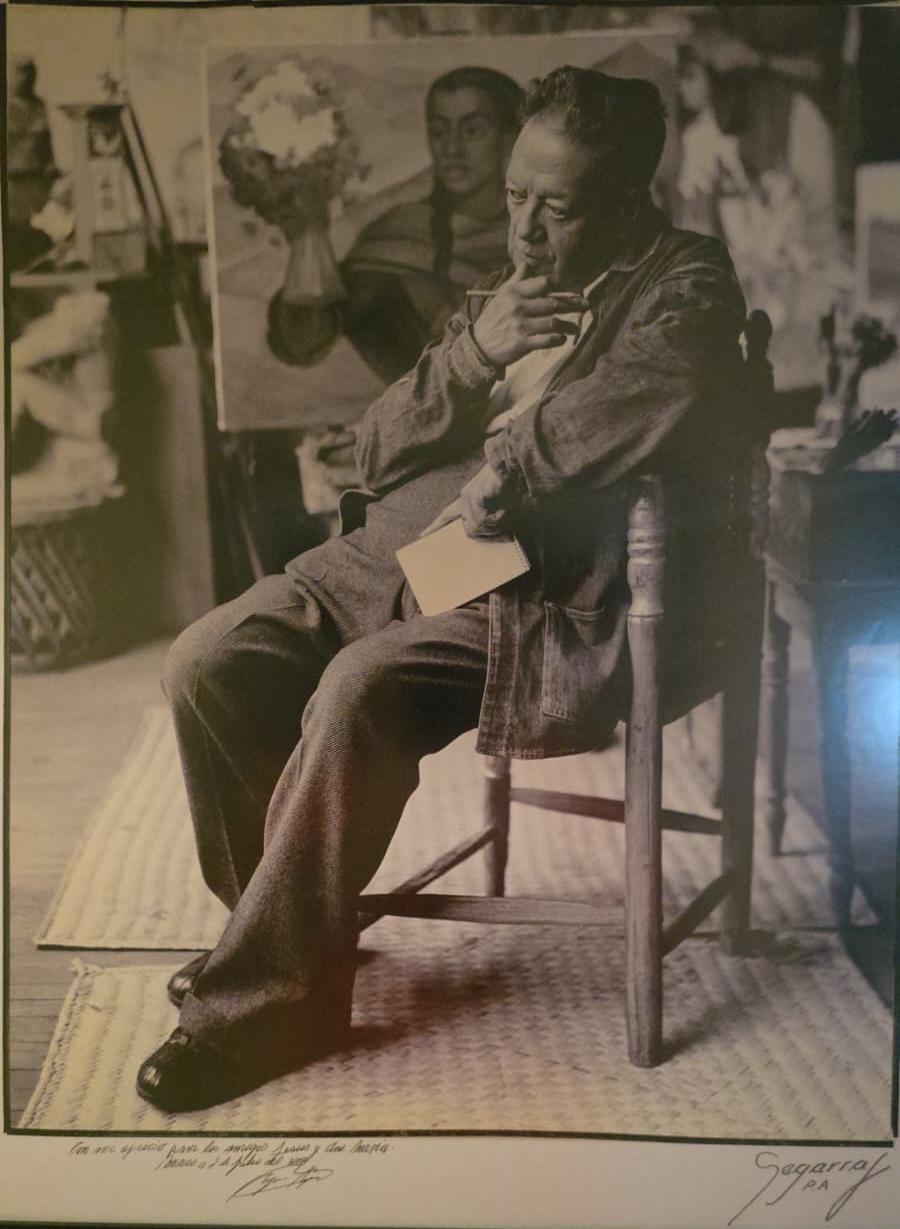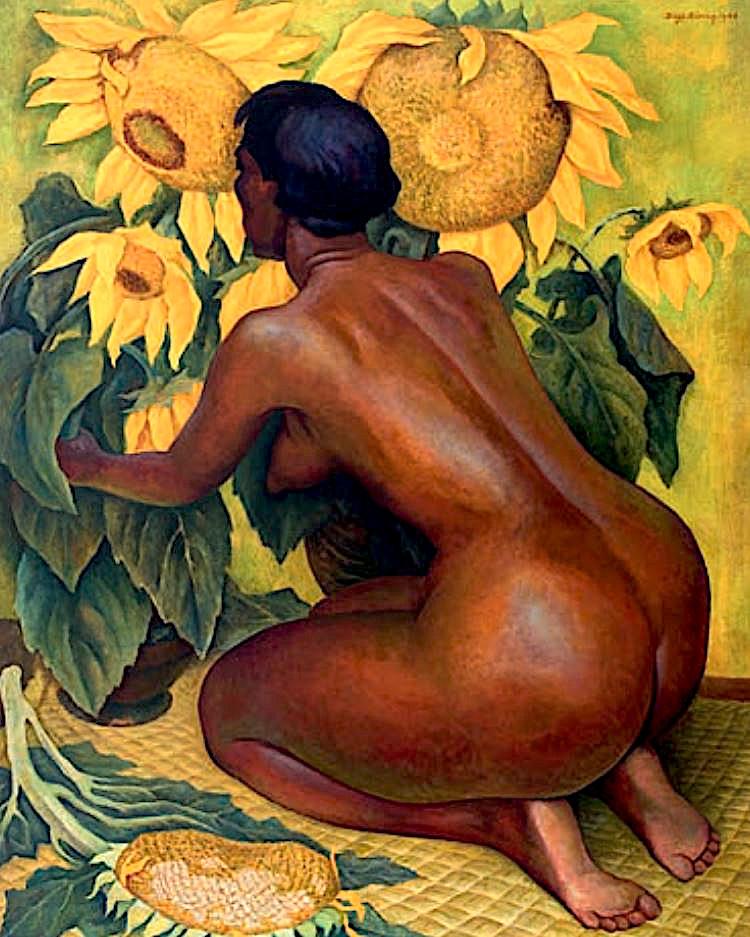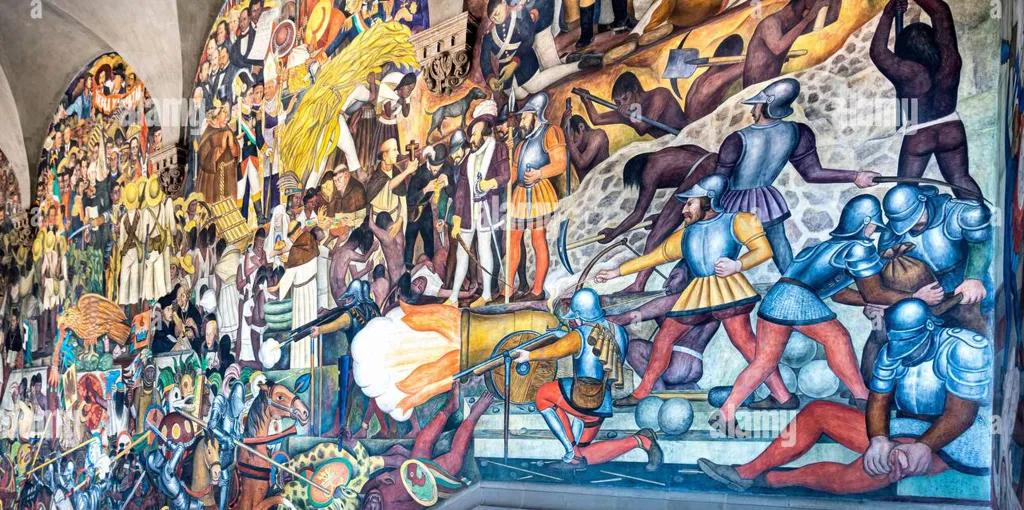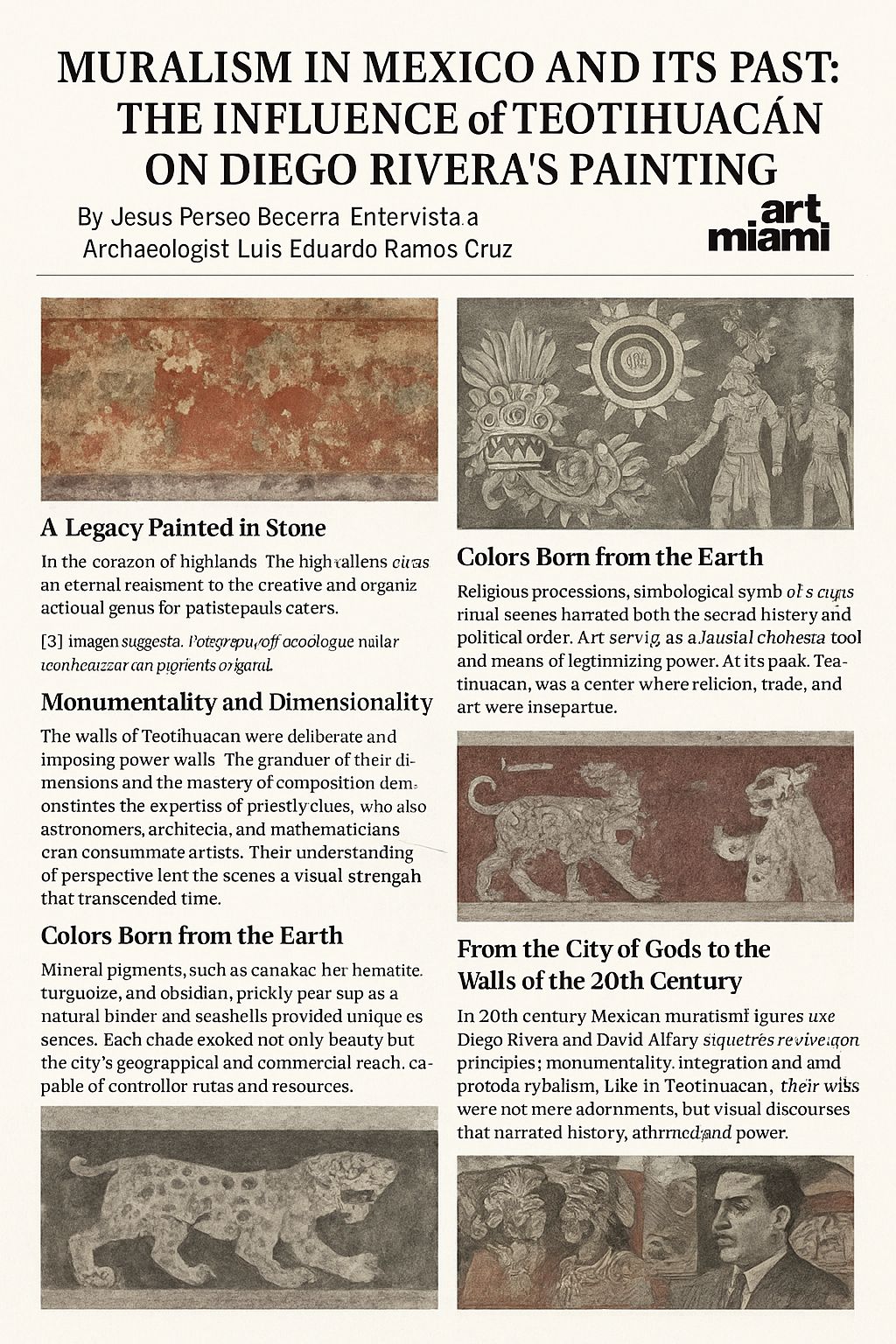Miami Art Week
Untitled Miami Beach ART
This December, Untitled Art returns to the sands of Miami Beach for its 14th edition, set to take place from Wednesday, December 3 to Sunday, December 7, with a VIP and Press Preview on Tuesday, December 2.
With a strong foundation as a curatorial platform that champions artistic voices in an evolving art market, Untitled Art has collaborated over the years with a dynamic curatorial team alongside a committee of leading industry experts. This collaboration enhances and amplifies the fair’s mission, ensuring a selection process rooted in curatorial integrity, global reach, and visibility for underrepresented artistic voices. For the 2025 edition of Miami Beach, Untitled Art is thrilled to welcome Petra Cortright, Allison Glenn, and Jonny Tanna with Harlesden High Street as Guest Curators, who will bring their unique expertise to guide this year’s sectors, respectively.
Founded in 2012, Untitled Art is a leading contemporary art fair taking place annually on the sands of Miami Beach and in 2025, will expand to Houston. Guided by a mission to support the wider art ecosystem, Untitled Art offers an inclusive platform for discovering contemporary art that prioritizes collaboration within each aspect of the fair.
Each year, new and long-standing exhibitors are selected by Untitled Art’s evolving curatorial team for their artistic integrity and international reach, with several galleries based outside of mainstream art hubs. Emerging artists, young galleries, and non-profit organizations are supported through its ‘Nest’ sector, an initiative offering subsidized booths developed in response to traditional entry barriers posed by art fair participation. The first to launch an online art fair, Untitled Art continually invests in new technologies to make contemporary art collecting more accessible to new audiences, and it proactively advances responsible culture by using its platform to amplify diverse voices.
Through critical and educational programming, from a robust on-site podcast series focusing on relevant industry topics and artist talks to events and community activations outside of the fair itself, Untitled Art attracts contemporary art collectors, art professionals, curators, art historians, and critics, among other enthusiasts. It also celebrates the context in which the fairs are held by promoting leading galleries from Miami and Houston, as well as engaging with local institutions. To reduce its environmental impact, Untitled Art has joined the Gallery Climate Collation and works closely with the City of Miami Beach to ensure zero environmental impact. Untitled Edit, commissioned essays intended to spark debate and dialogue, also continues to further the critical advancement of art criticism while cultivating the next generation of writers.
Untitled Art Team
Jeffrey Lawson
Founder
Clara Andrade Pereira
Executive Director
Michael Slenske
Director for Houston
Cailin Sung
Exhibitor Relations and Communications
Lauren Pollock
Head of VIP Relations
Romina Jiménez Álvarez
VIP Relations and Programming Manager







